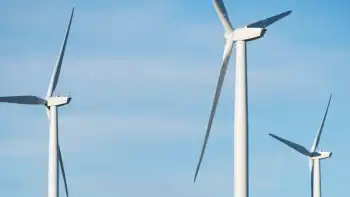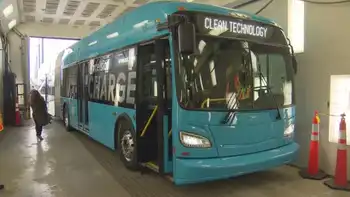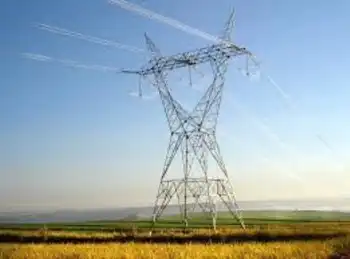Making the grid an information highway
By Vancouver Sun
Protective Relay Training - Basic
Our customized live online or in‑person group training can be delivered to your staff at your location.

- Live Online
- 12 hours Instructor-led
- Group Training Available
Already, some individuals and businesses are helping to supply their utility with renewable energies and generating a new stream of income for themselves in the process. This is possible because provinces and power generators across Canada are moving forward with smart electricity networks to conserve power, supply new demand and address global warming.
To do that, a smart grid needs to be interactive, intuitive and designed so information management is central to its operations.
Ray Tomalty, principal of Smart Cities Research Services and an adjunct professor in the School of Urban Planning at McGill University, notes that, "A smart grid is an enabler of renewable distributed generation, which means a large number of small generating facilities [think residential rooftop photovoltaics, backyard mini wind turbines] can be hooked up and coordinated to feed energy into the grid as needed."
They also have, says Prof. Tomalty, "storage capacity so that they can absorb generating capacity when it's sunny or windy and store it for distribution later on during the peak period."
Ontario in particular has gotten out in front of the smart grid movement in Canada. It has had to. The Ontario government has set an aggressive target to cut 6,300 megawatts of peak demand by 2025. This is equal to taking one in five users off the electricity supply grid. To do that, it is promoting a smart electricity network and will be replacing 80 of its current generating systems over the next 20 years.
The goal is to create a power grid that will allow homeowners and businesses to generate power on site and feed excess power back into the grid using superconductive transmission lines and smart switching and relay systems.
Local distribution companies LDCs are getting organized around this and are preparing to bring forward their smart grid plans to the Ontario Energy Board as part of their rate making.
Feeding power back into the grid is simply not possible with conventional or dumb grids. Alan Fung, associate professor, department of mechanical and industrial engineering, Ryerson University, equates existing grids to the early days of computing, with individuals sitting at dumb terminals hardwired to mainframe computers that held all the power. "The existing electrical grids are like that. Most of the electricity is generated in a big, huge coal-fired, nuclear or hydro power plant. A smart grid will distribute the energy in any direction and facilitates the entry of renewable energy sources into the grid."
In addition to enabling the greening of the supply mix, smart grids give utilities more control over pricing and improve reliability because of the two-way communication that allows the grid to listen and learn from the demands of the consumers in order to adjust the power flow in the most efficient manner. While much of the smart technology is invisible to users, what they will see are the smart meters, the most fundamental aspect of any smart grid. Smart meters are the first time a communication infrastructure has existed between utilities and homes, giving consumers the ability to see exactly when and how they use energy and how much it's costing them so they can take control of how they use it, giving utilities the ability to set prices accordingly.
"This opens up a whole bunch of possibilities to use that same communication network," says Don Tench, director of market assessment and compliance at the Independent Electricity System Operator IESO, which operates and regulates the wholesale electricity market in Ontario.
"For example, until recently a utility did not know the power was out at an individual establishment until someone called. Now they know exactly when and where it's out because the meter tells them."
Smart grids have also been called self-healing grids. They can detach local networks from the regional network easily and prevent cascading failures like the blackout of 2003. What's more, smart grids provide a boost to the green economy by stimulating creation of renewable energy thereby creating a new green job sector. This goes well beyond generating clean power. There is a lot of commercial activity in this space as well, including companies involved in the installation of the smart equipment, the integration of that information to make it useful for decision-making, service providers interested in helping the consumers manage their costs effectively, and big and small companies involved in providing demand-response solutions.
Perhaps the most important benefit of a smart grid is its ability to reduce the energy consumption in the network and the cost of running essential systems. In the United States, it's been estimated a smart grid would save more than US $117-billion over 20 years.











